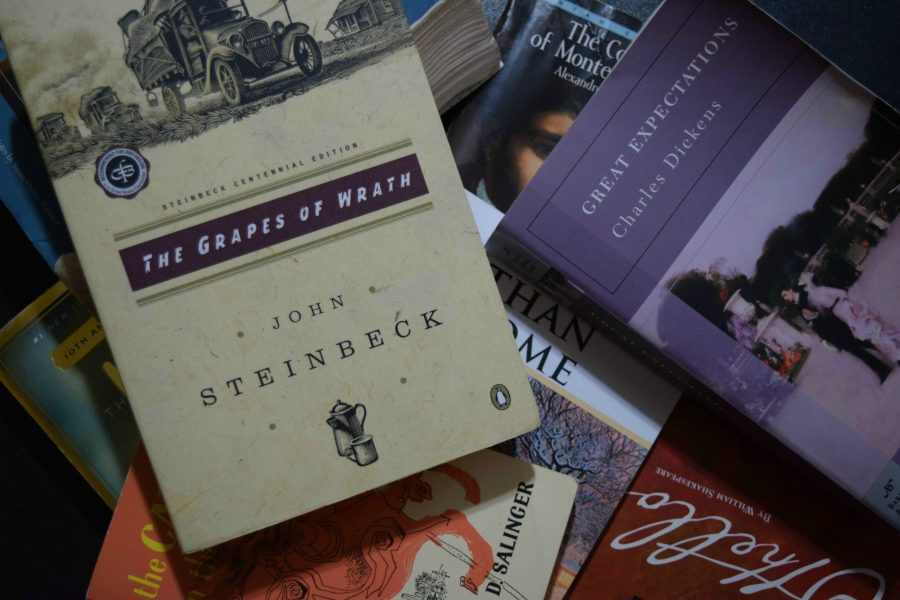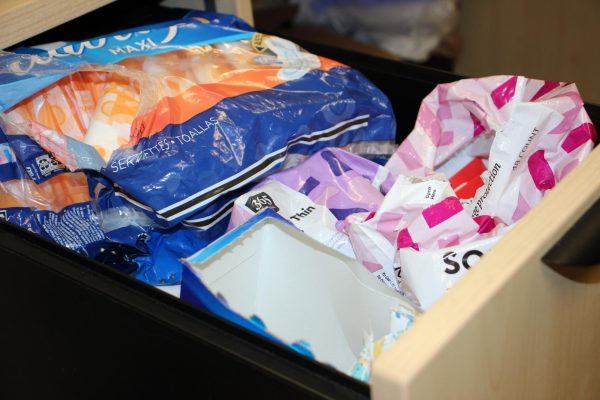SparkNotes invasion
Various books that are taught at White Station High
Every student has used some type of study aid to help them prepare for a test. One of the most popular aids is SparkNotes, a study guide used to help students get a better grasp on the material in a class or even a specific piece of literature. These study guides are said to be created by top experts and students in the subject area. However, these authors are rarely credited in the study guides they create, so there is no way of checking their reliability.
“I’ve heard of college professors who will accept the job and simply assign it to their graduate students,” Monique Fischer, an English IV teacher said. “It would be fine if, once the professor gets it back, they would edit it before they turned it in. But I’ve actually seen cases where there’s erroneous information.”
Adrien Alsobrook, the AP Language teacher, also doubted the veracity of these sources. She believes that using SparkNotes prevents students from coming to their own conclusions and really interacting with the text in a critical way.
Even some students are wary of the material presented in these study guides. Anup Challa, a senior, warned against using them.
“Be cautious, because our interpretation of the book may not be the same as [a study guide author’s]. Our interpretation is never really wrong. It’s just a different take on things,” Challa said.
This reflects a difference in the way some teachers and students approach online study guides. Some students believe that SparkNotes, Shmoop, etc. are good sources to revise a text and glean more meaning from it. Nilai Vemula (11) explained how he utilized this study aid.
“It’s great for plot review before a test,” Vemula said. “I don’t think I’ve ever taken a test without looking back on something else to review the plot before the test.”
This provides a clear reason why SparkNotes exists: students want to recheck the material they read to determine whether they truly understand the material or not. This creates an unhealthy reliance on SparkNotes, according to Alsobrook.
“People use it as a crutch,” Alsobrook said. “When you use SparkNotes, you don’t have a deep understanding of the piece as a whole, so you miss a lot of the nuances, and writing techniques and styles that the writer uses to achieve his purpose.”
The main problem seems to be that students seem to believe that there is a right and wrong interpretation of a literary piece of work.
“Sparknotes offers me an understanding of the book that I cannot sometimes get on my own,” Kennedy Roberson (11) said.
Teachers want to see how students interpret a text on their own, and SparkNotes prevents them from accurately measuring how much the students understand. This leads to teachers formatting their assessments in such a way as to prevent students from simply reciting the answers from SparkNotes. Increased reliance on study aids may prevent students from relating to the text in a more meaningful way.
“A spark doth not make a flame; for that, you need ‘kindle-ing,’” Theo Patt (11) said.
Your donation will support the student journalists of White Station High School. Your contribution will allow us to purchase equipment and cover our annual website hosting costs.






































